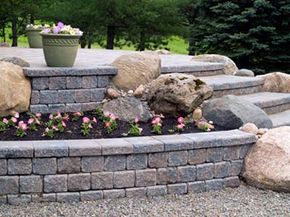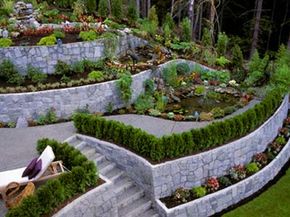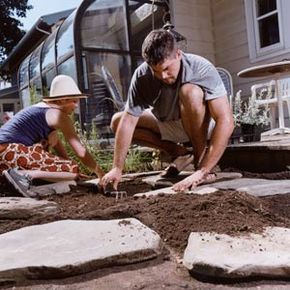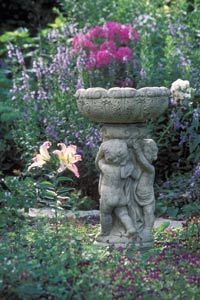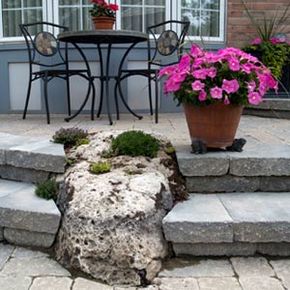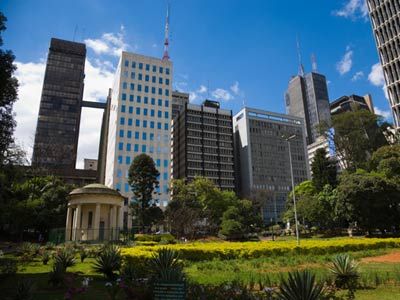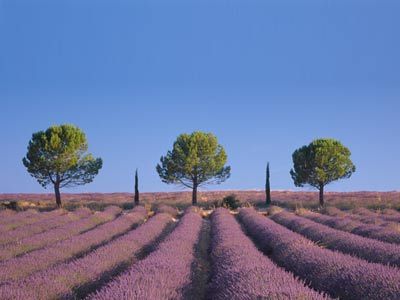If you ever watch any of the myriad of house-flipping shows on TV, you probably recognize the importance of landscaping in curb appeal -- or how attractive a house looks to a passer-by on the street. You can spend a fortune designing the interior of a home, but if the lawn is in shambles or just plain boring, you won't draw in a lot of interested buyers. Even if you aren't selling your house, you'd be amazed at how you can fall in love with it all over again by redesigning the lawn. The home suddenly becomes warmer and more inviting. However, don't make the mistake of thinking you can plant a few flowers and be done with it.
Advertisement
Although vegetation is certainly important, it's just one element of landscaping. The other is known as hardscaping, also called hard landscaping. As opposed to the plant life in a yard, which is called softscaping, hardscaping has to do with all the nonplant design elements of a yard. In other words, all the paved walkways, walls, patios, fences, lawn ornaments and rocks constitute your lawn's hardscape. Hardscaping represents the foundation and anchor of landscaping plans. You should plan your hardscaping carefully and implement it before starting to softscape.
Hardscaping incorporates several design elements to enhance the appearance of your yard. It provides a fluid continuity from your home's interior to the yard and from your yard to the surrounding landscape. The solidity and permanence of hardscape also offers an aesthetic contrast to the vulnerable and transient vegetation.
We should note that under its strictest definition, hardscaping encompasses all deliberately positioned inanimate outdoor surfaces. This includes public sidewalks, streets and even parking lots. Nevertheless, designers typically use the term to refer to home landscaping, and that is what this article mainly focuses on. General principles and materials, however, apply to all types of hardscape.
Like urban hardscaping, lawn hardscaping isn't just about aesthetics. Hardscaping serves some very useful and practical functions. We'll start by looking at some of these before we go into the details of artistic design.
Advertisement
